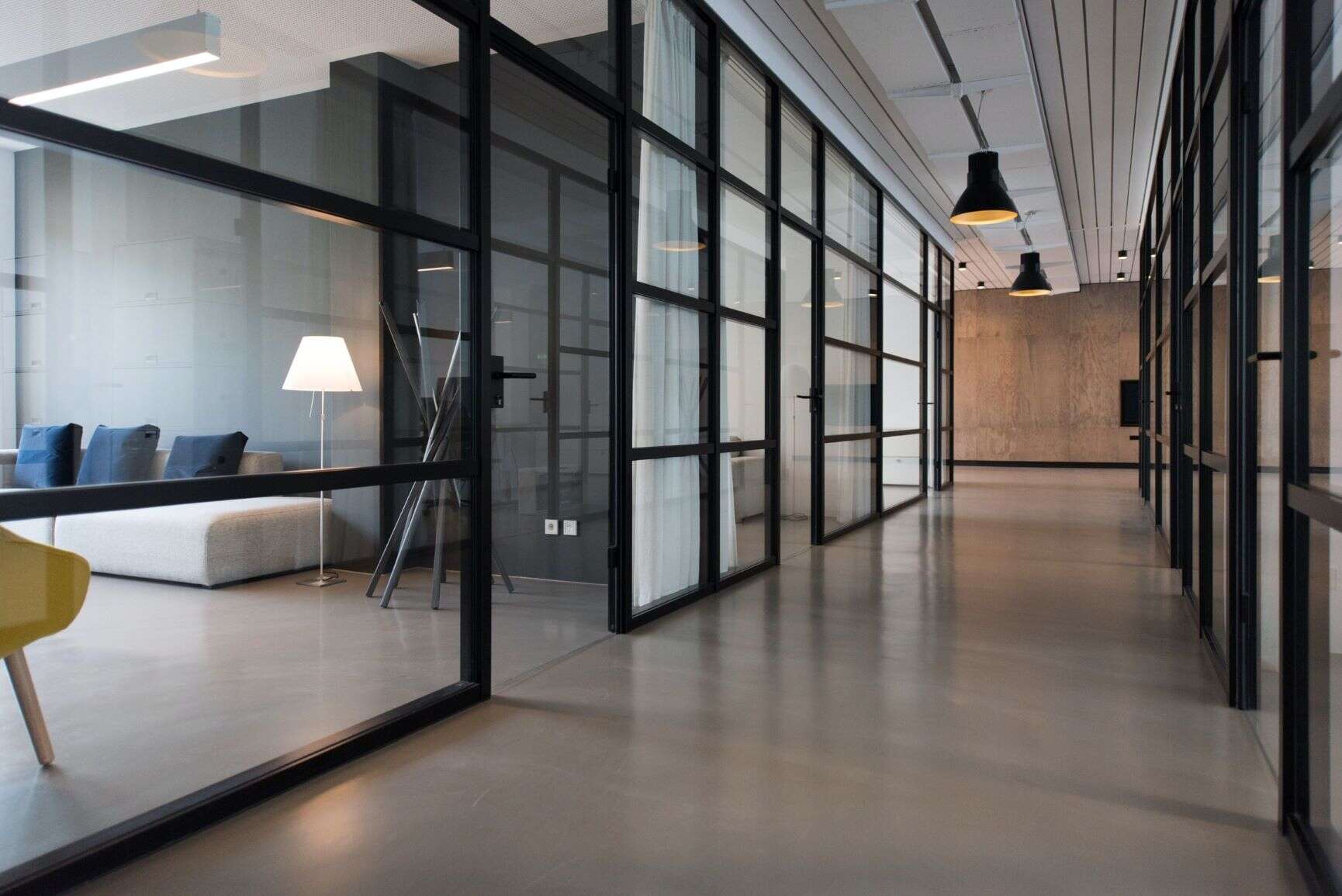
In Association with:![]()
After a year of home working, most have realised that while pleasant at first, it is not without its challenges. These might be staying motivated, or just the difficulty collaborating with colleagues when you’re not able to just grab five minutes face-to-face time.
Stephen Bird, the new Standard Life boss, was the latest to call for a return, for some of time at least, to the office. He is creating socially-distanced, collaboration zones to get people back working in the same room for at least part of the working week.
But we’re unlikely to want to leave behind all the benefits of home working.
How Does a Hybrid Office Work?
For businesses there are potential benefits, and savings, to be made from such hybrid office set-ups and a blended working week.
However, it requires the right infrastructure and systems in place to make sure people have the same access at the same level of security, to corporate networks whether they’re working at home or in the office.
HP’s EliteBooks range offers an obvious and very portable way for staff to take a work device home with them.
Read This! Navigating The New Normal: A Fast Guide to Remote Working
When returning the office, HP’s Advanced Docking Monitor means staff can instantly plug in their laptop and use it via a bigger display.
Allied with cloud-based collaboration tools like Microsoft Teams, which provides secure file sharing, project management help as well as video conferencing, and it is easy to see how the blended model could work.
Really drilling down into Teams features – like better use of channels – is a good way to make it easier for staff to stay on track with individual projects.
Another issue to consider is security, which can be more of a challenge if devices, or data, are moving around the country, or even further afield as lock-down restrictions ease and business travel returns.
What Does a Hybrid Office Need?
With the ease and security of modern cloud storage there is no need, or excuse, for anyone to be storing any sensitive data on their machine. And if such data is lost the data regulators won’t accept any excuses either.
Most organisations should be considering biometric or two-factor identification to ease security headaches for the organisation. HP’s EliteBooks come with a fingerprint reader which is a good first step.
With all that in place the only thing left is to think about what works best in different environments. Proper planning of face-to-face meetings will be crucial to make sure they are truly useful, collaborative and engaging experiences. No more sitting in meetings thinking ‘this should just have been an email’.
Equally time away from the office should be embraced as an opportunity to think about a challenge. Working from home should mean being free from interruptions to increase focus for a longer period of time, hopefully at least!
The reality is that hybrid working should give your staff the agility and flexibility to create processes and procedures so they can give their best to the business.
With today’s technology and tools they should be able to do that with no hassles, no time wasted accessing systems, and no extra burden on the IT department.
To find out more about remote working, read the free report here






